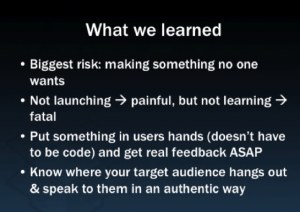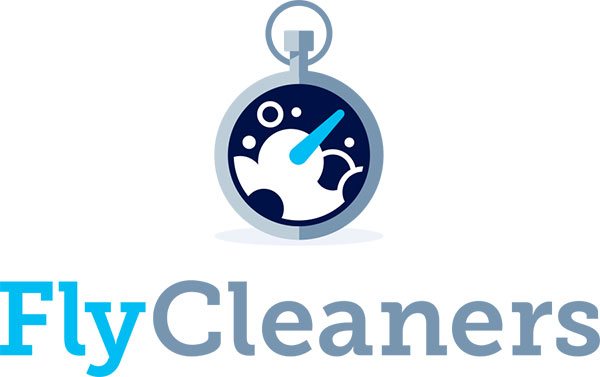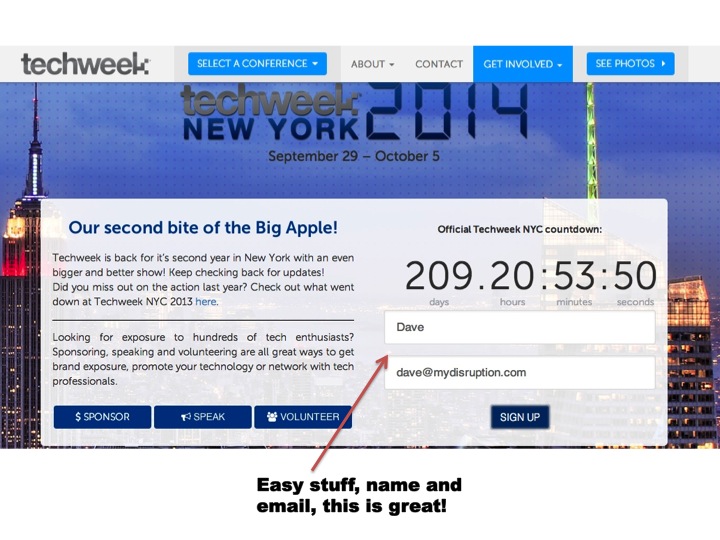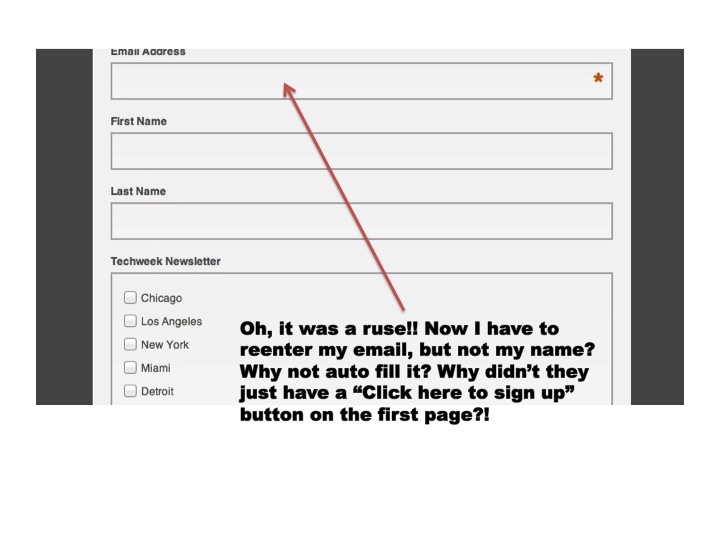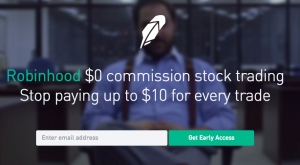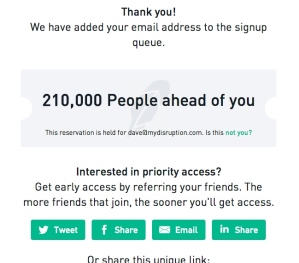I’m in one of those perfect situations today that “solving everyday inconveniences” startups like FlyCleaners absolutely love – I’m super busy with work, traveling in two days, and am dangerously close to running out of fresh undies. So why not try the new service here in Brooklyn, especially since I’ve seen their vans driving around my ‘hood a lot recently. Little did I know it would take me 15 minutes and several attempts to become a paying customer. Some notes below, hopefully helping them and you with future design.
1) While the app was downloading, I went online to check it out and sign up. Cool, a $10 discount for “launch”. Click sign up and it seems easy enough.
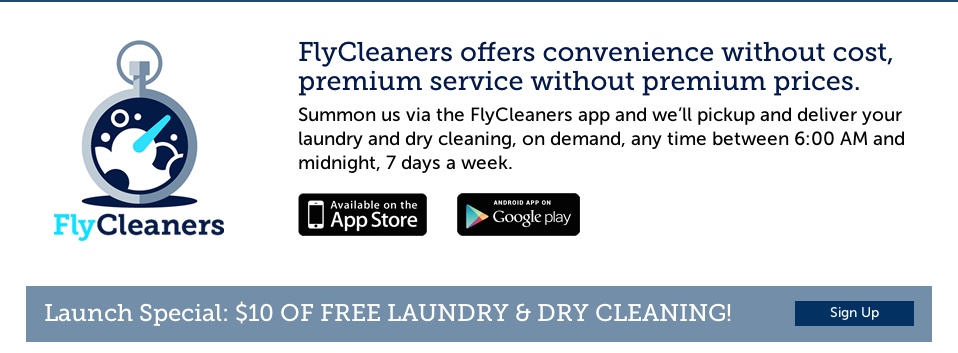
2) Not so fast. I fill in my info below and…nothing. No next steps, no “Check your inbox for confirmation email”, nothing. I wait for 5 minutes, reloading my email, and again, nothing. Side note – I’m already wondering when/how the $10 discount comes into play. I don’t see a promo code, so how am I redeeming that?
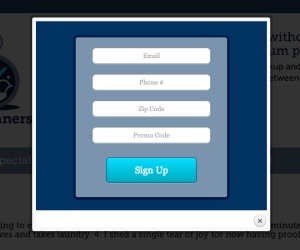
3) I decide to try signing up via the app, since they’re probably a mobile first company. Of course this means I have to use another email address. The process is going fine, and they have some decent overlays to tell me what to do next or to call out important areas.
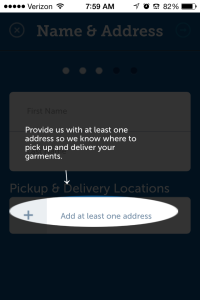
4) Then “it” happens. On the address page, there’s a field for “Label” with absolutely no explanation whatsoever. Does “Label” mean how I want them to label my bags of clothes? Does it mean how I want to save this address in the app? Is there where I give them special instructions about my apartment, like “ringer doesn’t work so call me”?
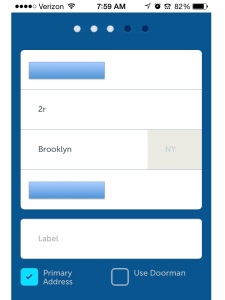
5) I try to move forward without filling it in and I get an error notice that, again, is useless and provides me zero guidance.
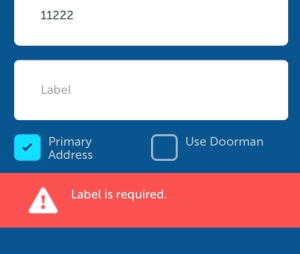
5) Frustrated, I just start typing in random words until it allows me to move on to the next step. “Dave” didn’t work. “Home” didn’t work. “Apartment” finally did. (UPDATE: A customer service rep notified me that the “Label” wording will be changed in the next iOS update.)
6) I’m also not a big fan of having to scroll back up to go to the next step. On the Preferences page, you have to scroll down past the fold to complete the page, but the “next” arrow is at the top.
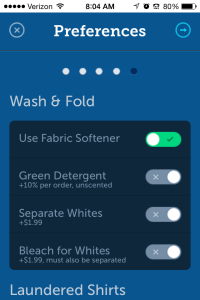
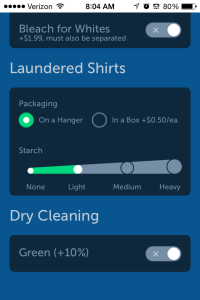
PS – I still have no clue if, or how, I’m getting that $10 discount.
PPS – There’s an FAQ section in the app, but maybe give me a little bit of “How it works” upfront? I’m giving you my clothes, you could at least tell me where they are being laundered or how long it takes or if you fold them, etc.
PPPS – Every delivery app should have a section to add important information like how Seamless does it. My buzzer doesn’t work downstairs, so I need to let delivery people know to call me when they arrive.


